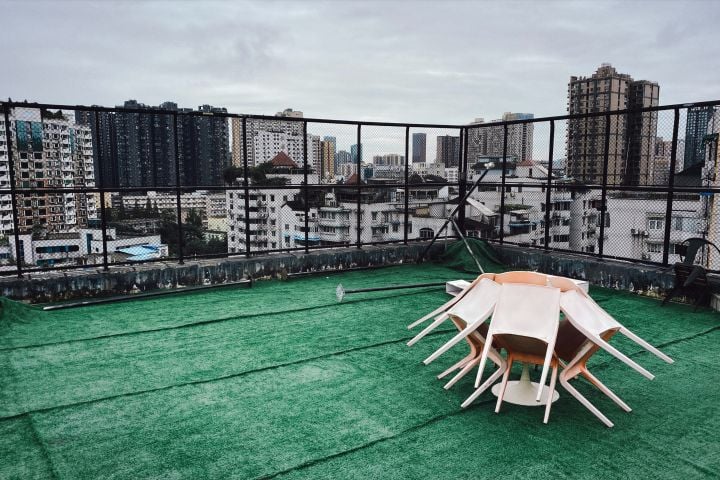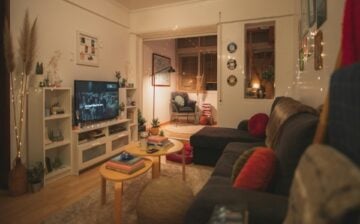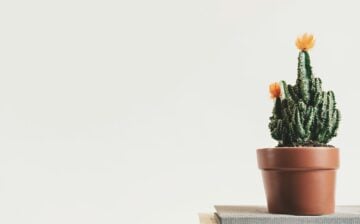As more homeowners prioritize sustainable living, low-maintenance design, and long-term value, the demand for modern landscaping solutions continues to grow. In hot, arid regions like Arizona, maintaining a traditional lawn can be both challenging and resource-intensive. For homeowners in Phoenix and similar climates, RM Artificial Grass Phoenix provides an eco-conscious, water-efficient alternative that fits seamlessly with today’s need for smart, sustainable outdoor spaces.

Why Traditional Lawns Are Becoming Less Practical
The classic green lawn has long been considered a staple of American homes. But maintaining natural grass requires regular watering, mowing, fertilizing, and pest control. In regions with hot temperatures or frequent droughts, this becomes both expensive and unsustainable.
The average American household uses over 100 gallons of water per day outdoors, mostly for irrigation. In areas like Phoenix, this figure can be even higher due to extreme heat and dry soil conditions. As climate concerns grow and water restrictions become more common, homeowners are seeking practical alternatives that reduce their environmental impact without sacrificing curb appeal.
How Artificial Grass Solves Modern Yard Challenges
Artificial grass, once seen as a novelty or commercial-only solution, has evolved significantly over the past decade. Today’s synthetic turf is realistic, soft underfoot, UV-resistant, and highly durable. It replicates the look and feel of natural grass while eliminating the time and cost associated with lawn maintenance.
In 2025, artificial turf is no longer just a short-term fix. It is a long-term investment in sustainability, efficiency, and design. Homeowners benefit from year-round greenery, consistent aesthetic appeal, and freedom from recurring lawn care chores.
Where Artificial Grass Makes the Biggest Impact
Artificial grass is ideal for a wide range of residential applications. It thrives where traditional lawns struggle to survive and adds value in unexpected places. In cities like Phoenix, where the climate is dry and hot, artificial turf is becoming the go-to solution for front yards, backyards, and even rooftop terraces.
Urban dwellers with small outdoor spaces can use synthetic grass to create inviting patios or green walls. In suburban neighborhoods, full-lawn replacements are popular due to their water-saving benefits. Even families with pets are embracing artificial grass because it’s easy to clean, resists odors, and withstands heavy traffic.
The Environmental Benefits of Switching to Synthetic Turf
One of the strongest arguments for installing artificial grass is its environmental value. Water conservation is a key concern in the American Southwest, and reducing outdoor water use is a high priority. Artificial turf eliminates the need for irrigation entirely, which can save thousands of gallons of water per year.
Additionally, synthetic lawns require no fertilizers, herbicides, or pesticides. This not only reduces chemical runoff into local waterways but also protects kids and pets from exposure to potentially harmful substances. Without the need for gas-powered mowers or trimmers, artificial lawns also help reduce carbon emissions.
What to Know Before Installing Artificial Grass
Homeowners considering artificial grass should understand the basic installation process and factors that affect cost. The first step involves removing existing grass and leveling the soil. A weed barrier and a compacted base (usually made of crushed rock or decomposed granite) are laid down to provide drainage and support.
Next, the turf is rolled out, shaped to fit the landscape, and secured with nails or staples. The final step includes brushing in infill, which helps the blades stand upright and gives the lawn a more natural appearance.
Artificial turf installation costs can vary based on the size of the area, type of turf, and site preparation needs. However, the long-term savings on water bills and maintenance often outweigh the upfront investment.
Why Artificial Grass Is Ideal for Families and Pet Owners
Many homeowners worry that synthetic grass may not be safe or comfortable for children and pets. In reality, artificial turf is specifically engineered to be soft, non-toxic, and durable. Modern products are lead-free, heat-resistant, and designed with built-in drainage systems that prevent puddling and pet waste buildup.
For parents, artificial lawns provide a safe, allergy-free surface for play. For pet owners, turf eliminates muddy paws and digging damage. It’s also easy to sanitize, ensuring a clean and odor-free yard all year long.
How Artificial Grass Enhances Real Estate Value
Curb appeal is a major factor in real estate. Properties with well-maintained, attractive outdoor spaces tend to sell faster and at higher prices. In markets like Phoenix, where water costs and yard upkeep are real concerns for buyers, a professionally installed artificial lawn can be a major selling point.
Buyers recognize the value of low-maintenance landscaping. With synthetic grass, the yard looks pristine in every season, offering a consistent visual appeal with minimal effort. As more people prioritize convenience and eco-friendliness in homeownership, this type of upgrade becomes even more desirable.
Where to Use Artificial Grass Beyond the Lawn
The versatility of artificial grass makes it suitable for more than just traditional lawns. Homeowners are using it creatively to enhance a variety of spaces:
Around Pools
Artificial grass around pool decks provides a soft, slip-resistant surface that stays green year-round. It does not get muddy or patchy and can handle splashes and sun exposure with ease.
Rooftops and Balconies
In urban areas where yard space is limited, synthetic turf can turn rooftops and balconies into green retreats. It adds a touch of nature without the hassle of real grass upkeep.
Walkways and Side Yards
Artificial grass can soften the look of concrete paths or gravel side yards, making the landscape more inviting and visually cohesive.
Backyard Putting Greens
For golf enthusiasts, installing a backyard putting green is a fun and functional addition. Turf products are available in different textures to simulate real green speeds.
Why Artificial Grass Is a Smart Choice in 2025
As we move further into a decade defined by smart living and sustainable practices, artificial grass stands out as a logical and future-friendly choice. Whether driven by water restrictions, a desire to lower upkeep, or a shift toward eco-friendly design, more homeowners are realizing the benefits of going synthetic.
Technological advancements in turf design continue to improve product performance. In 2025, many artificial lawns feature improved cooling technology, better drainage systems, and even antimicrobial protection for added hygiene.
What to Look for in a Turf Installation Company
Choosing the right installer is crucial for a successful artificial grass project. Look for a company with experience in your climate and a portfolio that demonstrates attention to detail and quality materials. In regions like Phoenix, it’s important to work with local experts who understand soil conditions, sun exposure, and proper drainage design.
A good installation company should offer warranties, provide honest estimates, and help you select the right type of turf for your lifestyle—whether that means pet-friendly grass, heavy-traffic durability, or plush aesthetics for entertaining guests.
Common Misconceptions About Artificial Grass
Despite its growing popularity, some myths about synthetic turf still persist. One common concern is that artificial grass gets too hot in the sun. While it’s true that turf can warm up in direct sunlight, many newer products come with built-in cooling features or can be paired with shade structures or misting systems.
Another misconception is that synthetic lawns look fake. In reality, high-quality turf is virtually indistinguishable from real grass, especially when professionally installed with proper infill and edging.
Future Trends in Outdoor Living and Landscaping
Outdoor living is becoming more than a trend, it’s a lifestyle. In 2025, homeowners are investing more in outdoor kitchens, lounge areas, fire pits, and backyard offices. Artificial grass complements these features by creating a soft, cohesive foundation that ties everything together.
As urban density increases and lot sizes shrink, low-maintenance landscaping becomes even more important. Whether it’s a small side yard, rooftop garden, or a full outdoor makeover, synthetic turf offers flexibility, sustainability, and beauty in one package.
Final Thoughts: Is Artificial Grass Right for You?
Artificial grass is not a one-size-fits-all solution, but for many homeowners, it ticks all the boxes. It reduces water use, saves time on upkeep, looks great in all seasons, and supports a more sustainable lifestyle. Whether you live in a dry desert climate or simply want to cut down on lawn chores, artificial turf is worth considering.
In a time when homeowners are more thoughtful than ever about how they use their space and resources, synthetic grass provides a forward-thinking, functional alternative to the traditional lawn.
Interested in transforming your yard? If you’re in the Phoenix area or similar climates, RM Artificial Grass offers professional guidance and high-quality installation services tailored to your needs.
We hope you found this blog post on The Smart Shift: Why Artificial Grass is Transforming Yards, useful. Be sure to check out our post on 6 Different Types of Artificial Grass For your Yard for more great tips!
Have Experience in the Moving Industry? Want an Additional Income Stream? Work With All Around Moving!
Join the Work With Us program. We provide you with the carriers, or you can use your own and by joining, you could have your own company up and running very fast, moving consultants.
Click here to learn more and how a nominal one-time start-up fee of $275.00, gives you the OPPORTUNITY to have your business.





